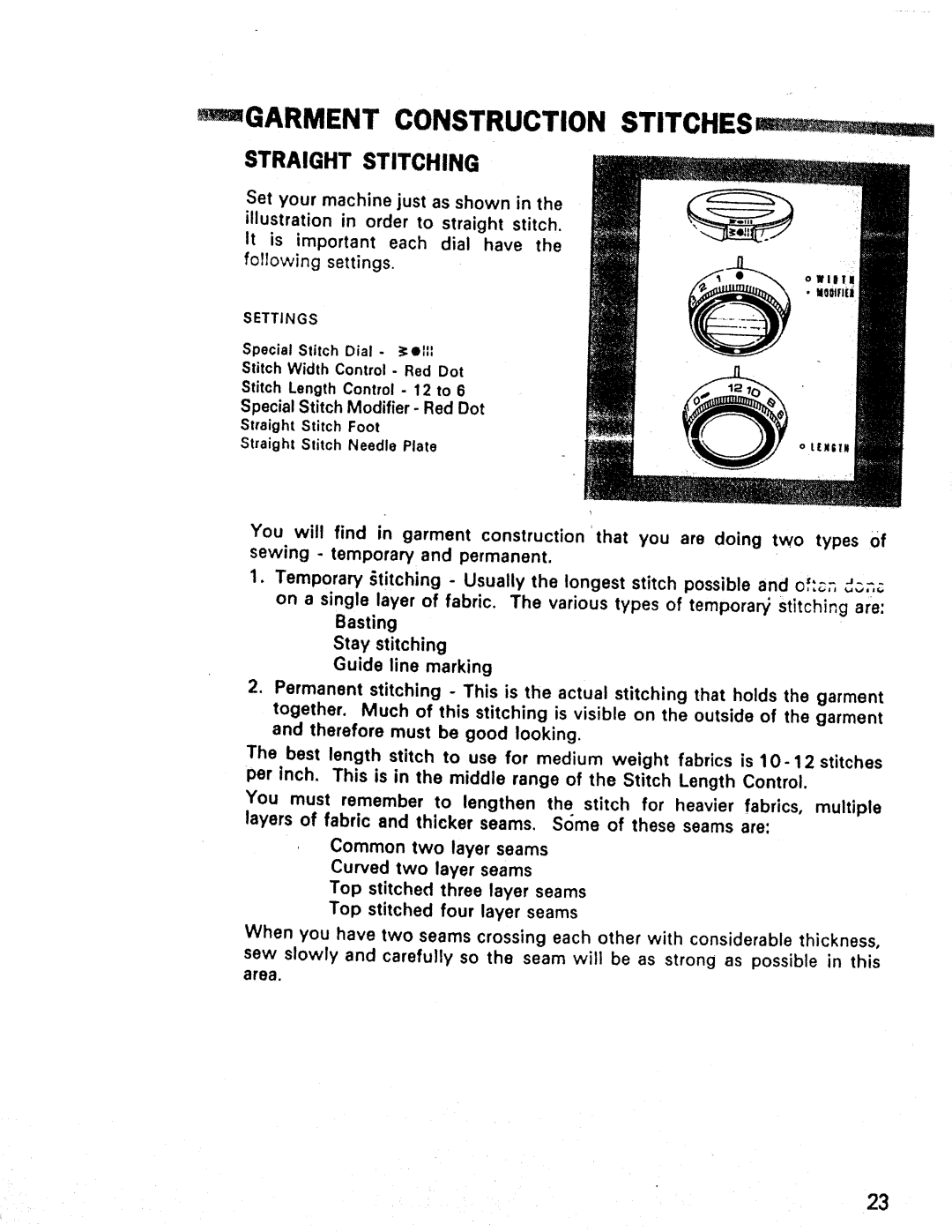1660, 1947, 1357 specifications
The Kenmore brand has long been associated with quality and reliability in household appliances, and its model range, including the Kenmore 1357, 1947, and 1660, represents the pinnacle of innovation and functionality. These models exemplify Kenmore's commitment to providing exceptional user experiences through advanced features and technology integration.The Kenmore 1357 is a standout model that highlights efficiency and usability. This machine boasts a powerful motor that delivers consistent performance, whether you are laundering delicates or heavy-duty items. One of its main features is an advanced agitation system that ensures thorough cleaning while being gentle on fabrics. The model also incorporates a user-friendly control panel, allowing users to select different wash cycles and settings with ease. Its energy-efficient design not only reduces utility costs but also minimizes environmental impact, making it an ideal choice for eco-conscious consumers.
On the other hand, the Kenmore 1947 is designed with versatility in mind. This model is equipped with a range of wash cycles that cater to various fabric types, ensuring optimal cleaning without compromising quality. Its built-in steam technology helps eliminate stubborn stains and sanitizes clothes, providing added peace of mind for families. Moreover, the 1947 features a large capacity drum, allowing users to wash bulkier items like comforters and blankets with less hassle. Its sleek design and additional features, such as a delay start option, further enhance the overall user experience.
Lastly, the Kenmore 1660 is a model that prioritizes smart technology. It comes equipped with Wi-Fi connectivity, enabling users to control and monitor their laundry remotely through a smartphone app. This feature is particularly convenient for busy households, allowing users to start, stop, or schedule cycles from anywhere. The 1660 also features a quiet operation, ensuring that laundry chores can be completed without disturbing the household. Its responsive touch controls make it easy to select the desired settings, and its energy-saving modes reduce water and electricity consumption.
In summary, the Kenmore 1357, 1947, and 1660 models represent a blend of tradition and modernity. With advanced technologies and thoughtful design, these appliances offer consumers unparalleled features that enhance functionality and convenience in their daily routines. Whether you prioritize efficiency, versatility, or smart home integration, Kenmore has a model to meet your needs.

